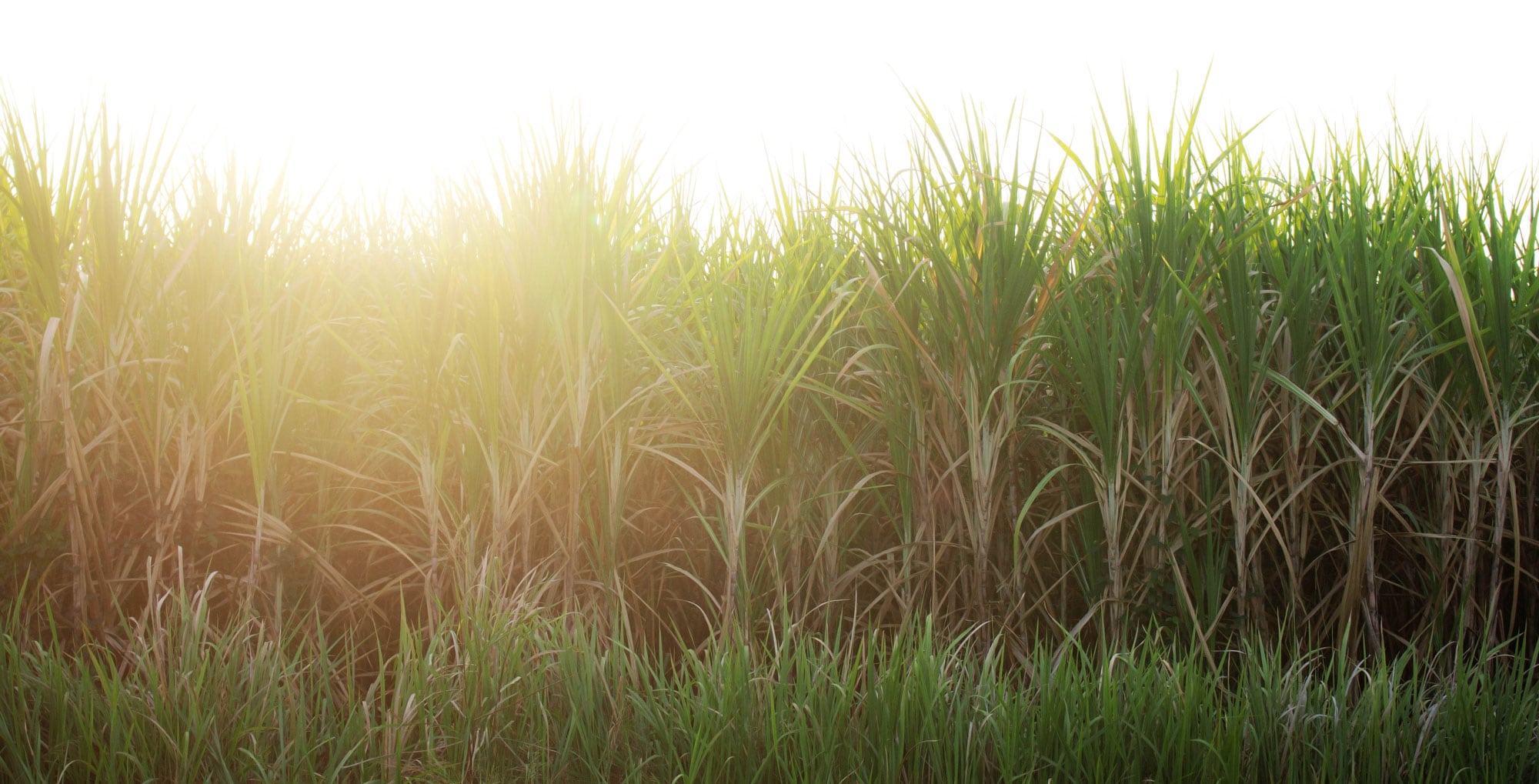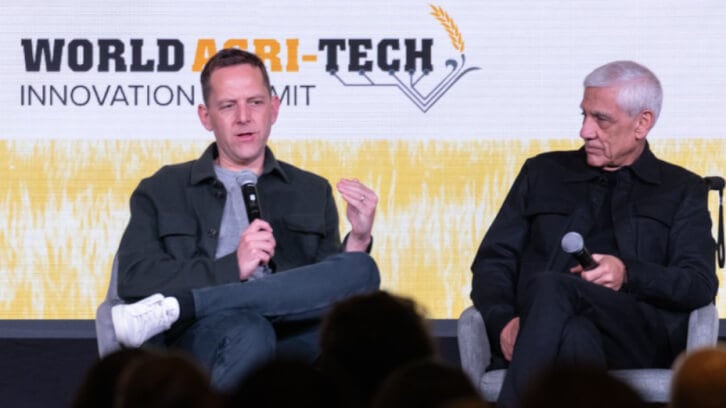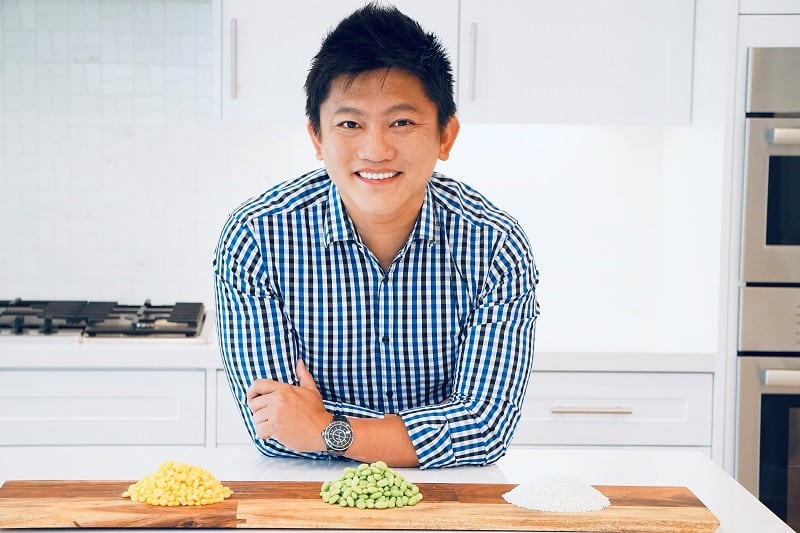Sugarcane contributes AUS$2.2 billion to the Australian economy and accounts for 80 per cent of global sugar supply. The mapping of its genetic blueprint opens opportunities for new tools to enhance breeding programs around the world for this valuable bioenergy and food crop.
It is one of the last major crops to be fully sequenced, due to the fact its genome is almost three times the size of humans’ and far more complex, with more than 100 chromosomes.
The milestone marks a new era in breeding for the crop and was driven by an international research consortium, which included Australia’s national science agency CSIRO, The University of Queensland (UQ), and the Sugar Research Australia.
Principal Investigator and CSIRO Research Scientist Dr Karen Aitken said the breakthrough addresses the critical challenge of stagnating sugar yields by tapping into the previously inaccessible genetic information in the sugarcane genome.
“This is a major step forward for sugarcane research and will improve our understanding of complex traits like yield and adaption to diverse environmental conditions as well as disease resistance,” Dr Aitken said.
“This is the first high quality sugarcane variety genome to be completed. It represents a significant scientific achievement from 10 years of collaborative effort from scientists across the world.”
It also likely to contribute to environmental advances beyond the food and agri space.
Co-author and UQ Professor of Innovation in Agriculture Robert Henry from the ARC Research Hub for Engineering Plants to Replace Fossil Carbon aims to develop renewable carbon products from plant biomass for use as cost-effective and sustainable aviation fuel.
“I’m certainly hoping to make great use of this genome to produce sugarcane that’s a better raw material to replace fossil carbon,” Professor Henry said.
“We need to do some major improvement in sugarcane for that use, because traditionally sugarcane has been bred just for sugar and now with the move to net zero, there is great interest in sugarcane as one of the most productive crops in the world to be that source of renewable carbon.“
Sugar Research Australia cytogeneticist Dr Nathalie Piperidis, also involved in the research effort, said the completion and release of the sequence is a major achievement which would provide a significant boost to the global sugarcane community, particularly for those scientists engaged in molecular breeding.
“Sugar Research Australia takes an immense pride in its involvement in this remarkable accomplishment. I am personally honoured that cytogenetics research played such an important role in unravelling the sequence,” Dr Piperidis said.
“Not only does it hold the promise of enhancing our understanding of this amazing and beloved crop but it will also offer unprecedented ways to advance breeding techniques within the Australian sugarcane industry to produce a range of renewable and commercially viable products that include but go way beyond sugar.”
Collaborative approach
This research was funded by the Joint Genome Institute (USA) through the US Department of Energy community sequencing programme.
Open access to the sequence is facilitated via the Plant Comparative Genomics portal of the Department of Energy’s Joint Genome Institute, providing the broader plant science community a hub for accessing, visualising and analysing the sugarcane genome sequence.
The research paper ‘The complex polyploid genome architecture of sugarcane’ was published in the journal Nature.
The paper notes that while traditional sugarcane breeding methods have effectively generated cultivars adapted to new environments and pathogens, sugar yield improvements have recently plateaued.
"The cessation of yield gains may be due to limited genetic diversity within breeding populations, long breeding cycles and the complexity of its genome, the latter preventing breeders from taking advantage of the recent explosion of whole-genome sequencing that has benefited many other crops. Thus, modern sugarcane hybrids are the last remaining major crop without a reference-quality genome," they added.
They now believe they have taken a major step towards advancing sugarcane biotechnology by generating the comprehensive reference genome for R570, a typical modern cultivar derived from interspecific hybridization between the domesticated species (Saccharum officinarum) and the wild species (Saccharum spontaneum).
"In contrast to the existing single haplotype (‘monoploid’) representation of R570, our 8.7 billion base assembly contains a complete representation of unique DNA sequences across the approximately 12 chromosome copies in this polyploid genome. Using this highly contiguous genome assembly, we filled a previously unsized gap within an R570 physical genetic map to describe the likely causal genes underlying the single-copy Bru1 brown rust resistance locus. This polyploid genome assembly with fine-grain descriptions of genome architecture and molecular targets for biotechnology will help accelerate molecular and transgenic breeding and adaptation of sugarcane to future environmental conditions," they concluded.





